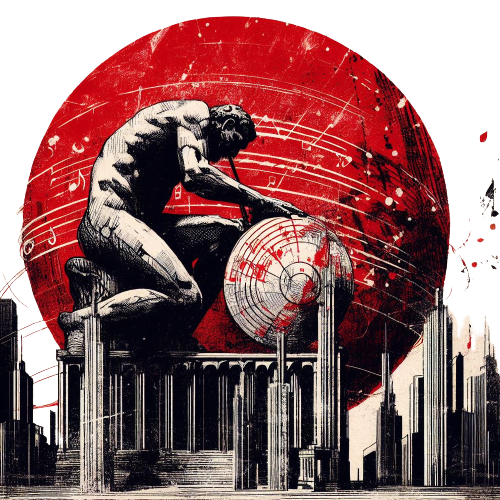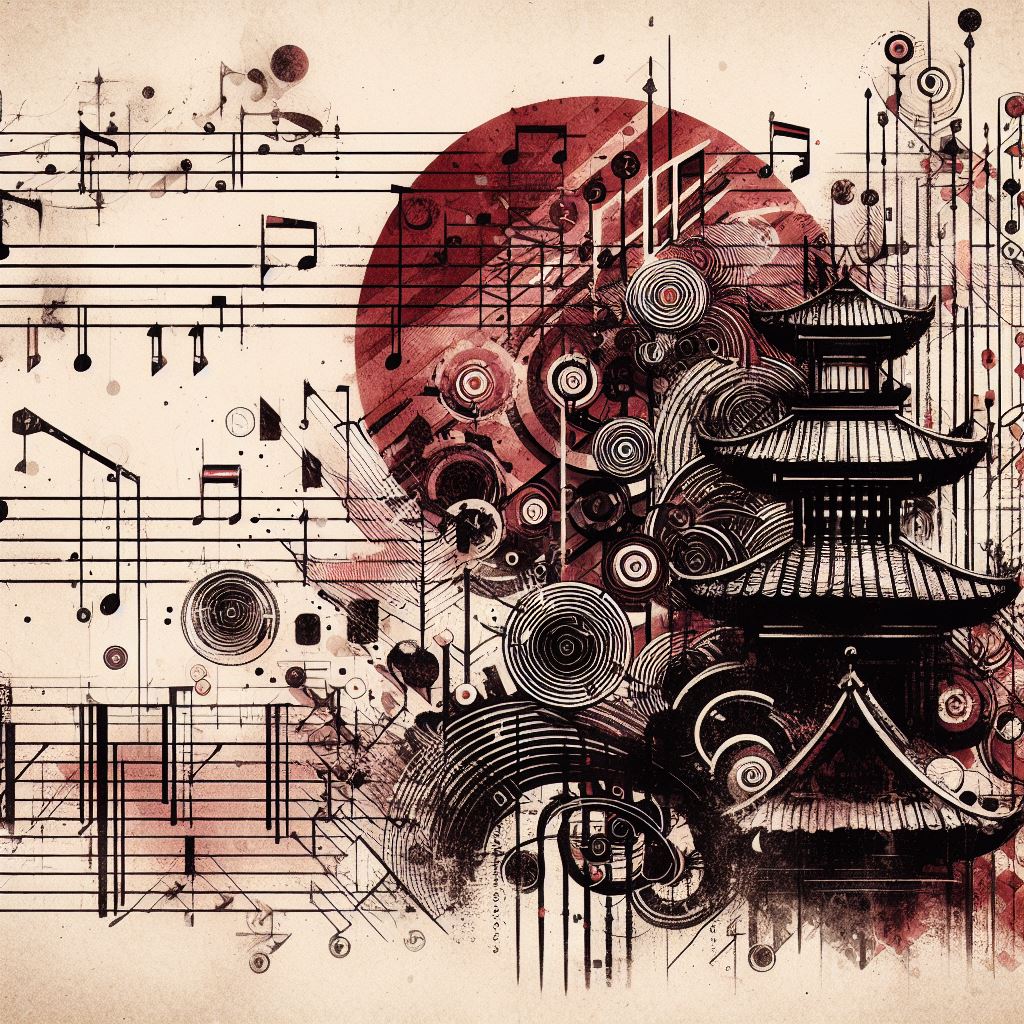This article looks at the musical modes and scales that have been used in various forms of music for centuries or millennia. Modes are an essential element of many musical traditions, and they play a significant role in shaping the character and emotion of a piece of music. I wanted to provide a brief introduction to a few modes.
There are several different musical modes that have been used in different parts of the world. Some of the most well-known modes include the major and minor scales, which are used in Western classical music and many other styles of music. The major scale consists of seven notes, while the minor scale consists of seven notes and is characterized by a more melancholic sound.
Other musical modes include the pentatonic scale, which is commonly used in Asian and African music, and the blues scale, which is used in blues and jazz music. The pentatonic scale consists of five notes and is known for its simple and repetitive melodies, while the blues scale is characterized by its distinctive “blue notes” that give it a unique sound.
Before we continue it may be good to describe the difference between modes and scales.
What’s the difference between modes and scales?
Scales and modes are closely related, but they are not the same thing.
A scale is a series of notes that are organized in a specific pattern of whole and half steps (in Western music). The most well-known scales in Western music are the major scale and the minor scale, which consist of seven notes and are used in many different styles of music.
Wester “church” modes, on the other hand, are scales that are based on the major scale, but with a different starting point. For example, the Dorian mode is a mode that is based on the major scale, but it starts on the second scale degree instead of the first. The result is a scale that has a different pattern of whole and half steps and a different character and mood.
There are seven different modes that are based on the major scale, each with its own unique character and mood. The modes are:
- Ionian (major scale)
- Dorian
- Phrygian
- Lydian
- Mixolydian
- Aeolian (minor scale)
- Locrian
In addition to these modes, there are also many other scales and modes that are used in different musical traditions around the world, each with its own unique character and mood.
Okay, back to describing a couple different scales/modes.
Arabic maqam
One of the most interesting and unique musical modes is the Arabic maqam, which is used in Middle Eastern music. The maqam consists of a series of scales and melodies that are used to create intricate and ornate compositions. The maqam is known for its highly expressive and emotional sound, which is often used to convey a wide range of emotions, from joy and happiness to sadness and melancholy.
The Arabic maqam is a musical mode that is used in many styles of music throughout the Middle East and North Africa. It is characterized by its intricate melodies and ornate ornamentation.
One of the key features of the Arabic maqam is its use of quartertones, which are intervals that are smaller than a half step in Western music. The use of quartertones gives the maqam a more chromatic and dissonant sound, as the notes do not fit neatly into the Western scale system.
In addition to its use of quartertones, the Arabic maqam also features a series of scales and melodies created from trichords, tetrachord, and pentachords. These scales and melodies are known as “maqamat,” and they are the building blocks of the maqam. There are many different maqamat, each with its own unique character and emotional impact.
One of the most common maqamat in the Arabic maqam is the “hijaz,” which is known for its intense and passionate sound. The hijaz is often used to convey a sense of yearning or longing, and it is often used in love songs and other emotional compositions.
Other common maqamat in the Arabic maqam include the “bayati,” which has a more peaceful and contemplative sound, and the “sikah,” which is known for its bright and joyful sound.
I love the way this video explains the modes or scales:
In addition to these modes, there are many other musical modes that are used in different parts of the world, each with its own unique character and emotional impact. For example, the Indian raga is a series of scales and melodies that are used in Indian classical music and is known for its highly meditative and spiritual sound.
Indian Raga Scales/Modes
This paragraph will not do justice to the deep topic of Indian Ragas, but it may spark some curiosity for further investigation!
In Indian classical music, a raga is a series of scales and melodies that are used to create intricate and expressive compositions. Each raga has its own specific set of notes and melodic patterns, and it is associated with a specific mood or emotion.
There are many different scales and modes that are used in Indian classical music, and each one has its own unique character and emotional impact. Some of the most common scales used in Indian ragas include:
- Saptak: The saptak is a seven-note scale that is similar to the major scale in Western music. It consists of seven notes within the octave.
- Ashtak: The ashtak is an eight-note scale that is similar to the major scale, but with an additional note added between the seventh and octave degrees. It is used in many different ragas, and it is known for its bright and joyful sound.
- Shuddha Saptak: The shuddha saptak is a seven-note scale that is similar to the natural minor scale in Western music. It consists of the seven notes of the octave, but with a different pattern of whole and half steps. It is known for its melancholic and introspective sound.
- Kafi: The kafi is a nine-note scale. It is characterized by its use of quartertones and its intricate melodic patterns, and it is known for its expressive and emotional sound.
This video gives an incredible explanation and examples of some of the scales:
https://www.youtube.com/watch?v=geSOK65rhdQ
The scales and modes used in Indian classical music are an essential element of the raga system, and they play a significant role in shaping the character and emotion of a piece of music. By carefully choosing and manipulating the scales and modes used in a raga, a musician can create a wide range of different characters and moods, from joyful and upbeat to melancholic and introspective


Leave a Reply